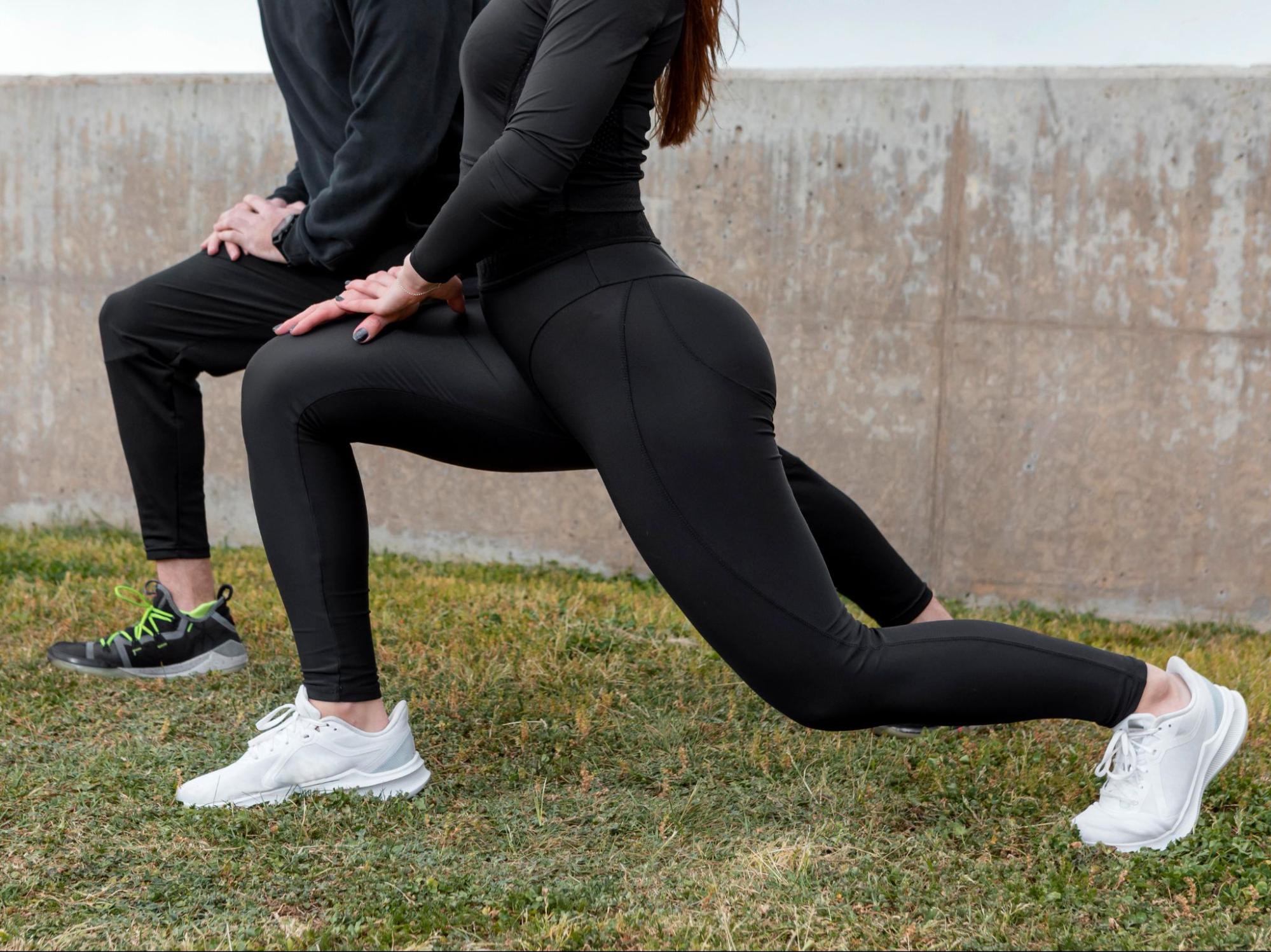Shoe Inserts for Hip Pain Relief: What Works Best
When hip pain shows up, most people don’t think to look at their shoes — but they probably should. Your feet form the foundation of your body’s movement, and the way they’re supported can make a big difference in how your hips feel day to day.
If your feet roll inward, your arches collapse, or your shoes don’t offer enough support, your hips may end up compensating for that imbalance. Over time, that can lead to strain and discomfort. The right shoe inserts can help improve comfort and alignment — but not all inserts are created equal.
Why Foot Support Matters for Hip Comfort
Every time you take a step, the force that starts in your feet travels upward through your ankles, knees, and hips. When your feet are properly supported, that force moves efficiently through your body’s natural alignment.
But if your arches collapse or your feet rotate too far inward (a common condition called overpronation), it throws off your body’s alignment. Your knees and hips may rotate slightly to keep you balanced — small adjustments that can create stress over time.
Even slight misalignment adds up, especially if you’re walking, standing, or exercising for long hours. That’s why many people find that addressing their foot support can also improve comfort higher up in the kinetic chain, including the hips and lower back.
Why Regular Shoe Inserts Often Fall Short
When most people look for relief, they start with a trip to the drugstore or an online search for “best shoe inserts for hip pain.” But what they often find are soft foam or gel inserts that feel good at first — until they flatten out or fail to provide the structure the feet actually need.
Cushion alone doesn’t correct alignment. It can make shoes more comfortable temporarily, but it doesn’t stop the foot from collapsing inward or outward. When that misalignment continues, the knees and hips keep compensating, and discomfort can persist.
Soft vs. Supportive Inserts:
- Soft inserts absorb shock but don’t change foot position.
- Supportive inserts (like structured arch supports) help align the feet, knees, and hips for more efficient movement.
Think of it like comparing a soft pillow to a supportive mattress — both have a role, but only one actually helps maintain proper alignment.

What to Look For in Shoe Inserts
If you’re considering inserts to help with hip discomfort, focus on support and structure rather than softness alone. Here are key features to look for:
- Firm yet flexible support
Inserts should hold the foot in a stable, neutral position while still allowing natural movement. Too rigid, and they can feel restrictive; too soft, and they won’t make a meaningful difference. - Multi-arch support
Your feet have more than one arch — not just the obvious one along the inside. Inserts that support all four arches help distribute pressure more evenly and keep your body aligned. - Durability
Over-the-counter inserts wear down quickly, especially if used daily. Long-lasting materials that maintain shape are essential for consistent support. - Personalized fit
Every foot is different. What works for one person’s arch type or gait may not work for another. A professional fitting ensures your inserts actually match how you move. - Compatibility with multiple shoe types
The best inserts can be used across different shoes — from athletic to casual — so you get support wherever you go.
How Foot Alignment Impacts Hip Function
The relationship between your feet and hips comes down to alignment. When your feet aren’t supported, it affects how your knees track and how your hips rotate.
For example:
- A collapsed arch may cause your legs to roll inward, tightening the muscles around your hips.
- Uneven stride or worn-down shoes can make one hip work harder than the other.
- Over time, this uneven load can create tension and fatigue that shows up as hip discomfort.
Properly fitted inserts can help your feet maintain a neutral position, encouraging better movement patterns throughout the kinetic chain. That doesn’t mean inserts “treat” hip pain — but they can support your body’s natural alignment, which often helps reduce unnecessary strain.

Real-World Examples
Active lifestyles: Runners, walkers, and gym-goers take thousands of steps a day. Even slight misalignment can magnify over those miles, stressing the hips and lower back. Structured arch supports help maintain efficient motion and reduce compensatory movement.
On-your-feet jobs: Nurses, teachers, and retail workers spend hours standing or walking on hard surfaces. That constant impact can wear down shoes — and joints. Supportive inserts can help absorb stress and promote balanced posture throughout long shifts.
Everyday movement: Even small daily habits, like standing unevenly or crossing one leg when walking, can create imbalance. Inserts that help maintain alignment keep these micro-movements from adding up to bigger issues.
The Good Feet Approach
At The Good Feet Store, arch supports are selected and personally fitted to each person’s unique foot shape and lifestyle. Unlike mass-produced inserts, The Good Feet Store’s system includes a range of supports — from firm foundation supports to more flexible everyday options — designed to promote comfort and alignment throughout the body.
Each fitting begins with a conversation and a footprint analysis to identify how your arches move and where support is needed. From there, trained specialists help you find the right combination of supports to wear across your shoes, whether you’re working, walking, or training.
While these supports aren’t a medical treatment for hip pain, many people notice improved comfort and balance once their feet are properly aligned — because when your foundation is stable, everything above it works better too.
When to Seek Professional Guidance
If hip pain is severe, sudden, or limits your ability to move normally, it’s always best to consult a healthcare professional to rule out injury or joint issues. Foot support can complement medical care by improving comfort and reducing the strain that comes from poor alignment, but it’s not a replacement for professional treatment.
To understand more about the connection between your feet and hips — and how proper support can improve overall comfort — visit our Hip Pain page.